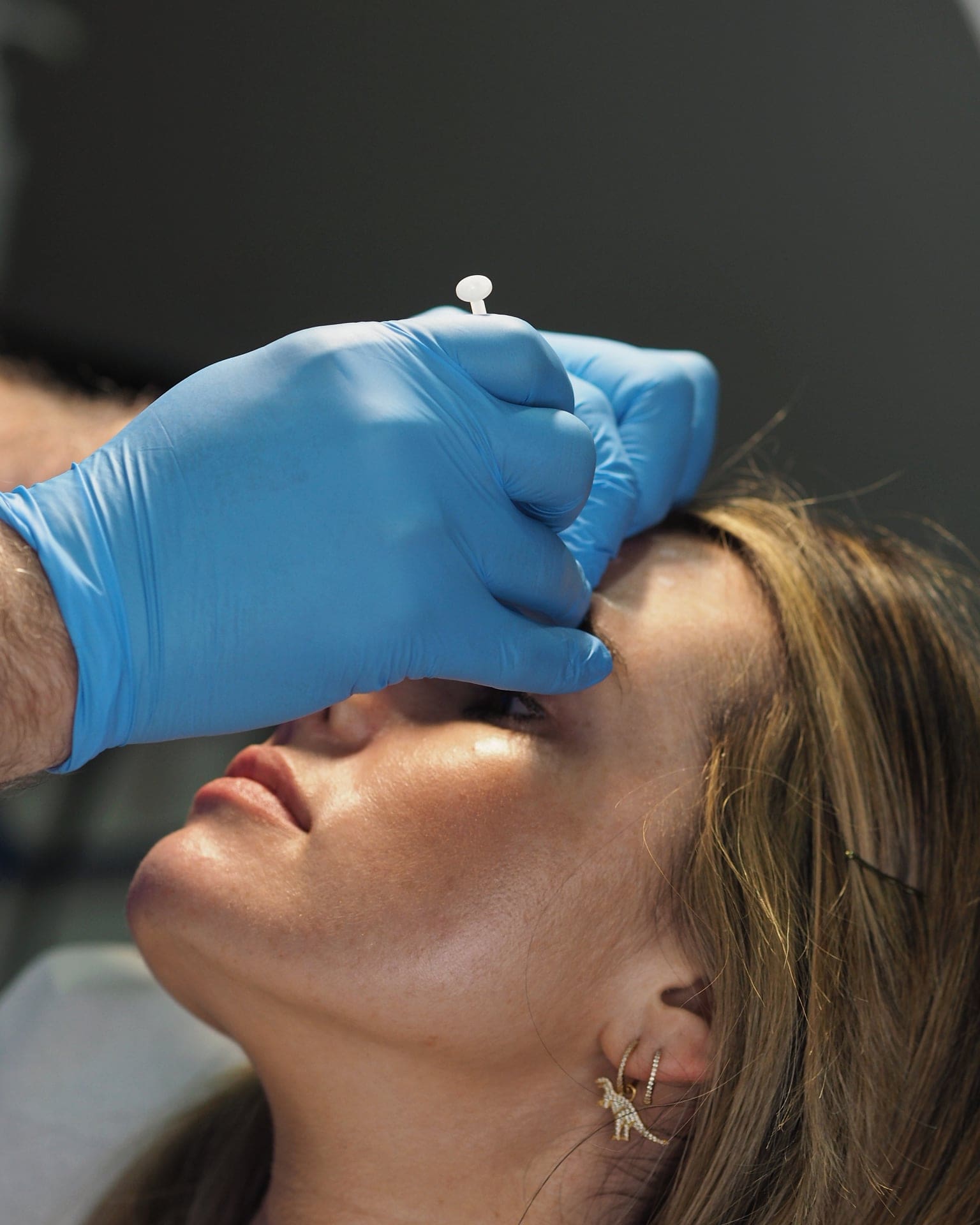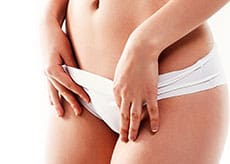Skin Lesions
Excision of skin lesions
 Lesions are lumps or bumps such as moles, cysts, lipomas (fatty lumps). Most are benign (non-cancerous). Excision refers to removal of a skin lesion by completely cutting it out.
Lesions are lumps or bumps such as moles, cysts, lipomas (fatty lumps). Most are benign (non-cancerous). Excision refers to removal of a skin lesion by completely cutting it out.
Most lesions do not cause serious problems, but you may want to have them removed due to them being painful or unsightly. Surgery is recommended to remove skin lesions that show any sign of turning cancerous or to diagnose the cause of the lesion.
Your operation is being performed using a local anaesthetic, which means that the area around your skin lesion will be numb but you will be awake. This is done, by injecting a local anaesthetic around the lesion. However on occasions a general anaesthetic is required.
Surgery to remove skin lesions is usually a quick and straightforward procedure. However anyone having surgery needs to be aware of the possible complications.
Some complications can be any of the following:
- Scars may stretch so that the resultant scar is wider than it was at the end of the operation. For the majority of people the scar will be red and raised for the first 3 months but usually reduces in colour over the first year.
- Keloids or hypertrophic scarring . Some people have an abnormal response to skin healing and these people form scars that are usually red and raised.
- Nerve damage; although all surgery to the skin inevitably cuts small nerves. Occasionally, numbness or pins and needles around the wound may follow surgery and last for some weeks or, occasionally months but recovery almost always occurs. On rare occasions the change maybe permanent and also could affect function.
- Bleeding during or soon after the operation.
Developing an infection
Signs of infection may include:
- the wound becoming more painful.
- The wound becoming red swollen and inflamed.
- Unpleasant smell or leakage of fluid from the wound.
- Unexpected reaction to the local anaesthetic .
- Recurrence and need for re-excision.
- Indent; this could occur with removal of any lesion, however it’s likely with removal of larger lesions.
Medication
Tell your surgeon if you are taking any medication, or if you have any allergies or medical conditions.
If you are taking aspirin your surgeon may ask you to stop it one week before surgery as it increases the risk of bleeding during and after the operation. The surgeon will advise you of this at clinic.
If you are on Warfarin or any other medicines to thin your blood, please make sure the surgeon knows when your minor operation is booked. The surgeon will then make a decision as to whether you should stop your warfarin.
If you smoke it is best to avoid smoking for 4 weeks before the operation, unless your operation is urgent, and while the wound heals as smoking reduces blood flow to the skin.
Your surgeon will see you on the ward. Your procedure will again be explained to you and you will be asked to sign a consent form if you have not already done so in clinic.
You will be on a theatre list with several other people, so be prepared for a wait. When it is your turn you will be escorted to theatre.
Some local anaesthetic is injected into the area surrounding the skin lesion to be treated (this causes a tingling or stinging sensation which will last only a few moments). This will make the skin go numb so no pain should be felt during the procedure. You may feel a pushing or pulling sensation as the lesion is removed, but this should not be painful. If you feel any pain please inform the nurse or surgeon.
The most common type of excision is an elliptical excision. The ellipse is designed so that the resulting scar runs parallel with existing skin creases. This ensures that the scar is as narrow and short as possible. In some cases a margin of skin around the lesion may have to be removed, this will leave a bigger wound than you may expect from the size of the lesion.
There will be some bleeding in the area from where the lesion has been removed. The surgeon may coagulate the blood vessels with diathermy. This can make a hissing sound and a burning smell.
The wound will then be sewn together by bringing the wound edges directly together. The stitches will need to be removed in 5-14 days depending on the site of the lesion.
If absorbable sutures are used these will disappear on their own.
Will I have any pain after surgery?
Pain after the operation is variable but often surprisingly little. Your wound may become painful 1-2 hours after the excision when the local anaesthetic wears off. If painkillers are not provided, Paracetamol (2 tablets) can be taken every 4-6 hours as required (a maximum of 8 tablets in 24 hours).
After care advice, Head and facial wounds are covered with steristrips
If a dressing is applied after surgery it should be left in place until your next appointment.
Keep the suture line clean and dry. You can wash around the area. A recent wound, or one that has just had stitches removed should not be soaked in water.
Slight post-operative bleeding may stain the dressing. This is not unusual and requires no action. If however, persistent bleeding occurs, place another dressing on top of the original one and apply firm pressure without looking at it for 20 to 30 minutes. If it is still bleeding after this time, seek medical attention. Do not remove the original dressing.
Do not shave over the stitches if they are around the beard area.
You should not apply make-up to the operation site until healed.
Avoid clothing that is going to rub on the suture line.
If the suture line becomes red and inflamed, increasingly painful, bleeds persistently or starts to come apart or any discharge occurs please contact Ward.
Surgery around the eye or forehead can sometimes result in bruising (black eye). This requires no treatment and will disappear after approximately one week. To minimise the bruising place a few extra pillows under your head in bed at night.
Avoid damage to the wound. If the wound is in an area where it might be stretched, try to avoid strenuous exercise for approximately two to three weeks after the operation. Avoid bending down and lifting weights if head or neck lesion, e.g. children.
Where do I get the stitches removed? You will have your sutures removed by the district nurse, this will be arranged before you leave the ward.
Aftercare after removal of the stitches. A couple of weeks after the stitches have been removed and any inflammation has subsided you will be advised to start massaging in some moisturising cream down along the length of the scar line on facial wounds which will help with the final appearance of the scar. Do this twice a day for the next 12 to 24 weeks.





